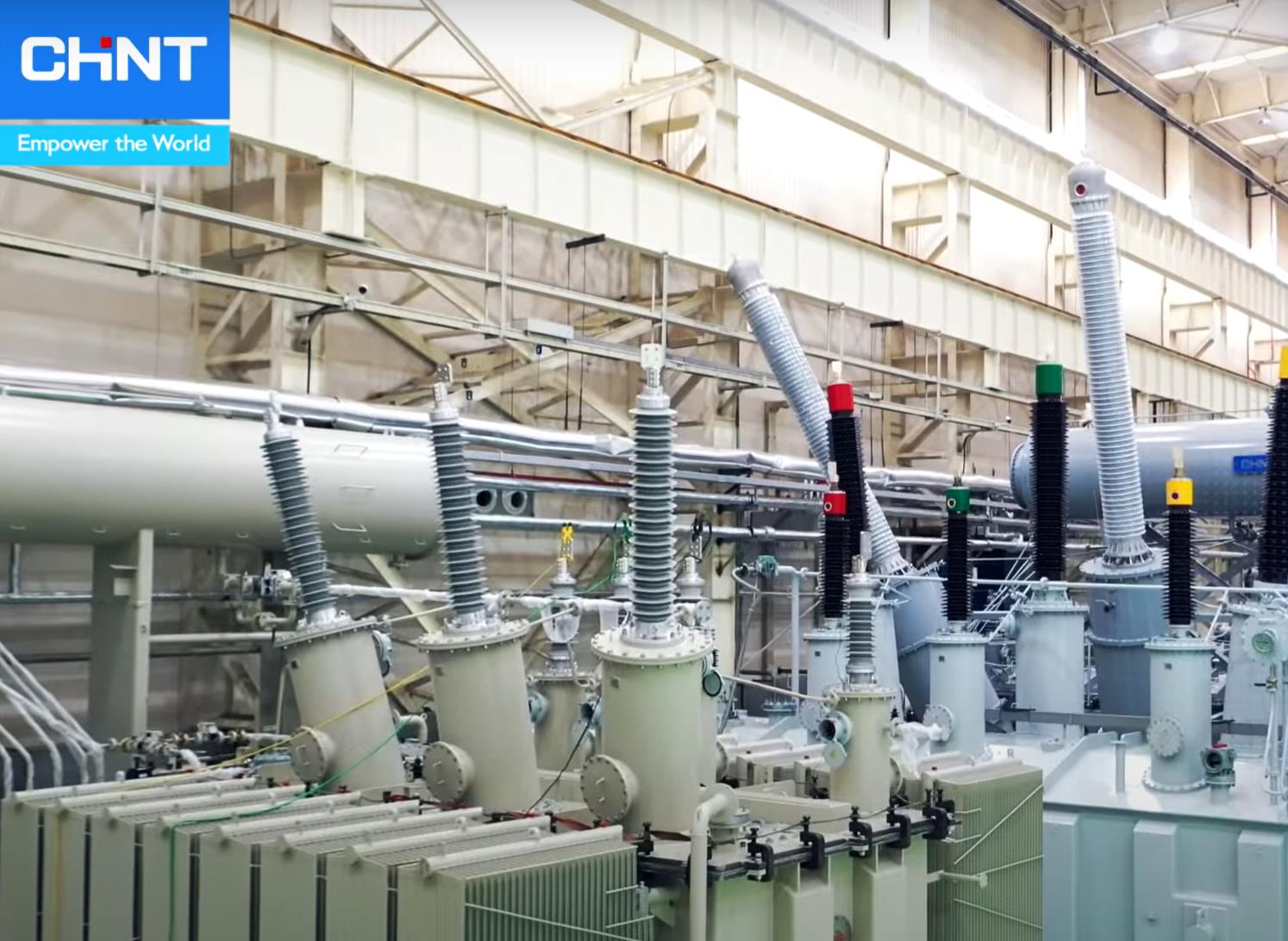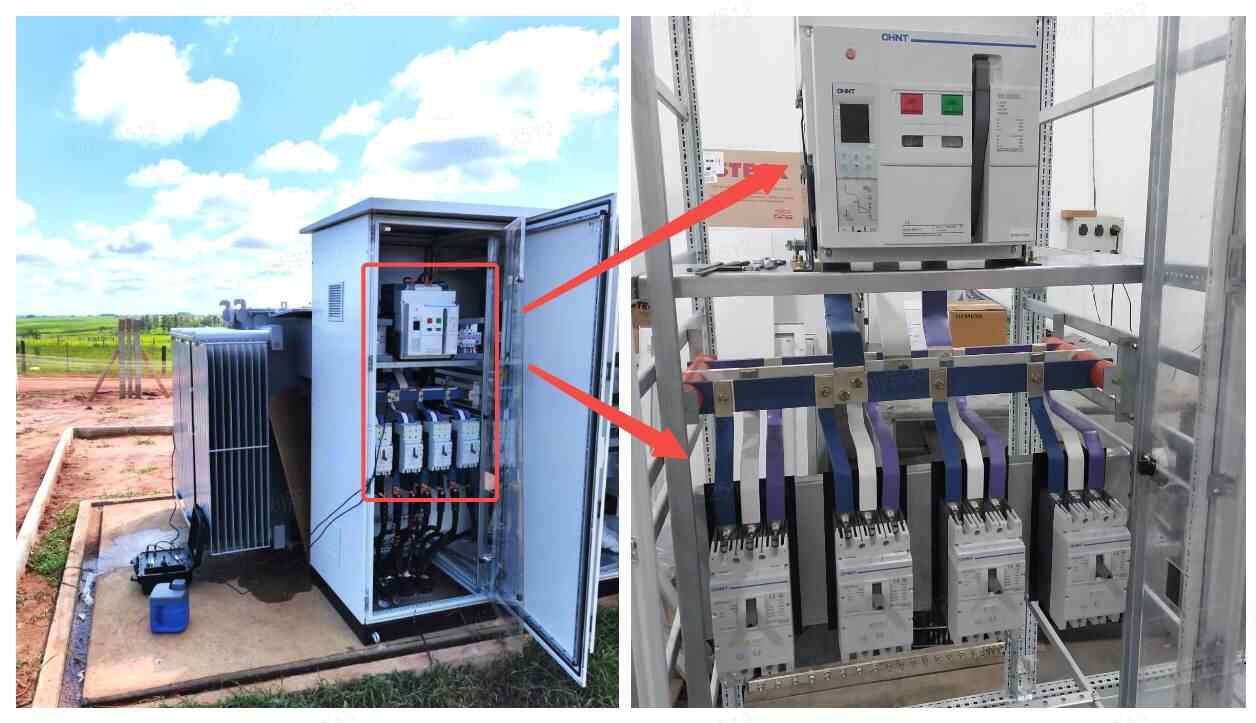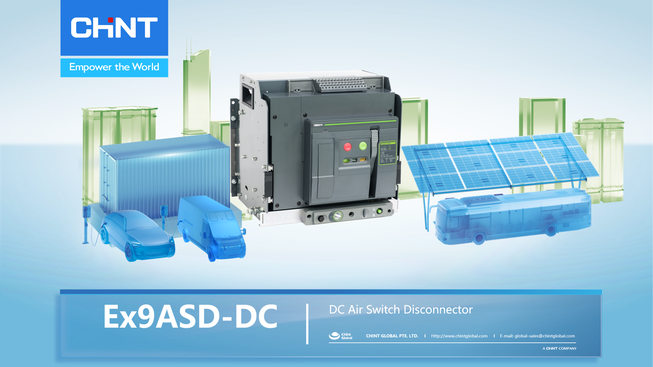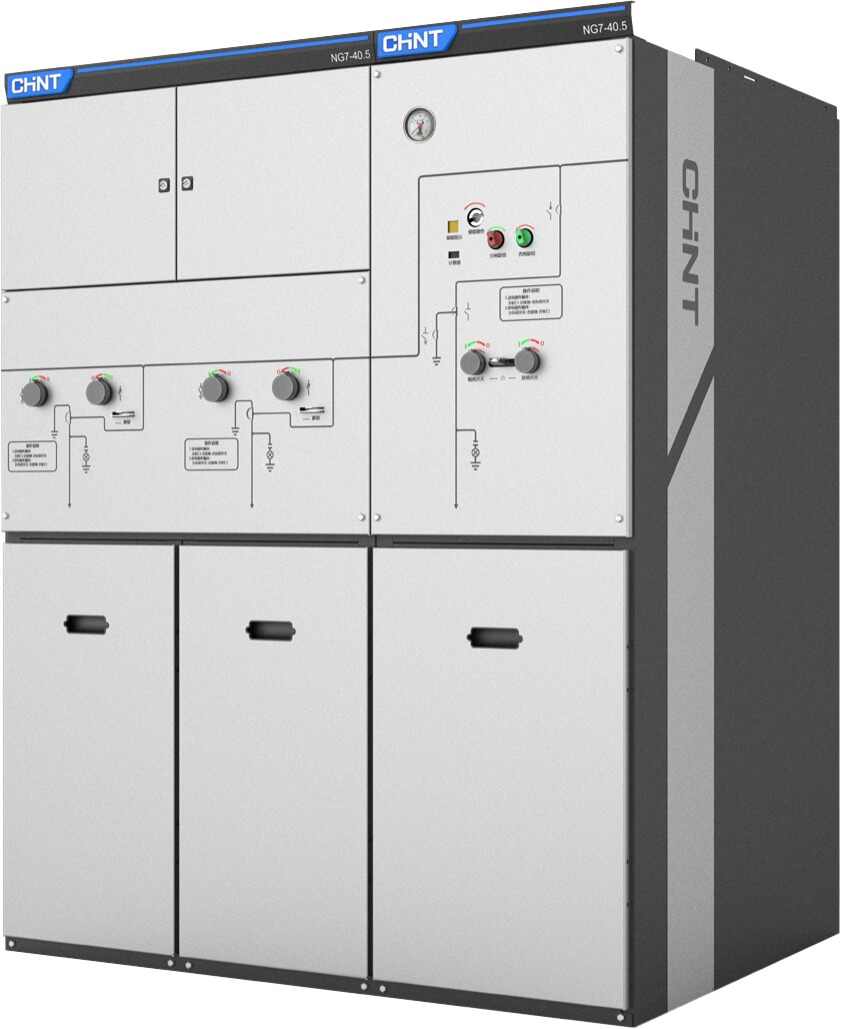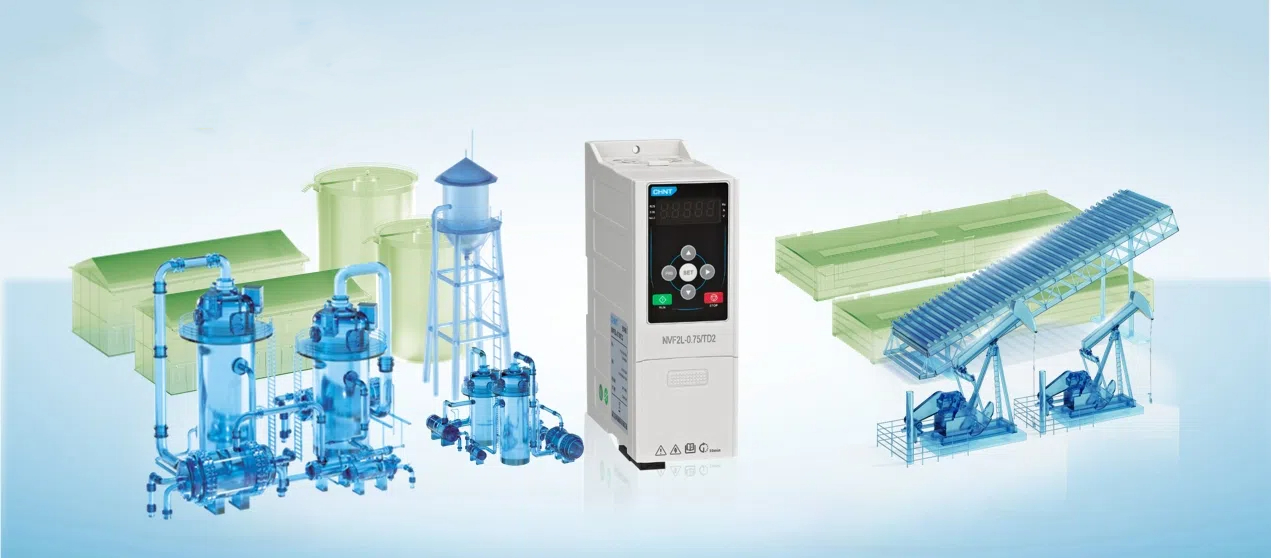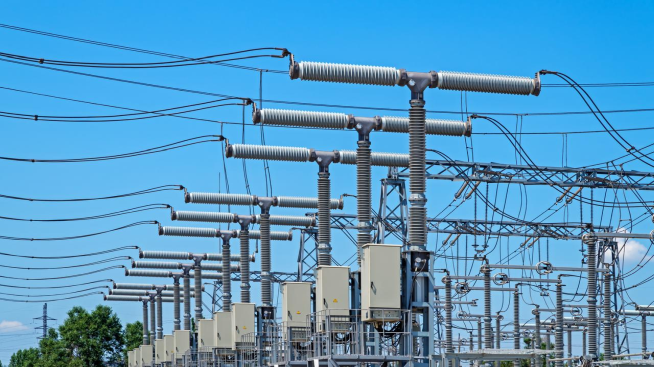CHINT is a global leader in smart energy solutions. Known for our advanced technology and commitment to sustainability, we have made significant strides in power transformer manufacturing. Our two main transformer factories, located in Wuhan and Shanghai, are exemplary models of innovation and green manufacturing.
CHINT HV Electric (Wuhan) Green Smart Factory
Our Wuhan factory stands out not only for its advanced manufacturing capabilities but also for its strategic location and commitment to environmental sustainability.
Geographical Advantage
Our Wuhan factory benefits from its strategic location near Yangluo Port, a major gateway on the Yangtze River. This port connects directly to international destinations through its integrated river and rail systems. Being just 8 kilometers from the port, our factory leverages this hub for efficient global distribution.
Production Capacity and Technological Innovation
The Wuhan factory has an impressive annual production capacity of 40,000 MVA. It is capable of producing ultra-high and extra-high voltage power transformers, with the highest voltage level reaching up to ±1000kV. This includes 1000kV/1000MVA power transformers and specialized products like shunt reactors and natural ester- insulating oil transformers. Technological innovation is at the heart of our Wuhan factory. Our precision coil manufacturing ensures exceptional electromagnetic and short-circuit resistance. Radial dimensions are controlled within 1mm, and height deviations are kept under 2mm. These precise coils enhance the transformers’ electrical performance and durability.https://youtu.be/AURltV_oMYcOur manufacturing process is characterized by meticulous precision. For instance, the Georg automatic line cuts silicon steel with an error margin of only 0.02mm, and assembly accuracy on the 250-ton platforms is within 0.5mm. Automation plays a significant role in our production, with 350-ton vehicles transporting transformer bodies for thorough drying, complemented by advanced compression and oil injection methods. The factory’s testing hall is equipped to conduct tests up to 1000kV AC and ±1100kV DC. It features an 18-meter generator that simulates lightning strikes, ensuring product reliability under extreme conditions. The partial discharge testing system further guarantees product precision and reliability.
Environmental Measures
Environmental sustainability is a priority at our Wuhan factory. We hold ISO certifications in quality, environmental, and safety management. The factory’s energy center uses smart monitoring to optimize energy usage. Our automated production lines enhance efficiency and ensure that products are safe, quiet, reliable, and low in maintenance costs. The factory’s layout eliminates bottlenecks and streamlines production. We prioritize the use of sustainable materials, implement solar lighting, and utilize steam recovery techniques to reduce greenhouse gas emissions. Regular environmental audits and continuous technological innovations support our commitment to sustainability. Looking ahead, CHINT is dedicated to advancing dual carbon goals and digital transformation, continuously innovating for a sustainable, low-carbon future.
Shanghai Transformer Factory
The Shanghai factory represents our dedication to technological excellence and international standards, making significant contributions to our global reputation.
Technical Patents and International Recognition
The Shanghai factory is a hub of technological innovation, boasting over 30 national patents. Our products have passed all KEMA tests, setting several new records in the process. This international recognition attests to the advanced level of our technology and the reliability of our products.
Product Range and Production Scale
Our Shanghai factory produces a wide range of power transformers, covering voltage levels up to 750kV. The annual production capacity reaches 30 million kVA. Our product line includes various types of power transformers, from 750kV down to 35kV, all of which have passed rigorous national testing and received authoritative certifications.
R&D Strength and Market Position
The Shanghai factory is not just about production; it is a center of research and development. We have secured multiple key technology patents and our products have received national-level certifications. This underscores our strong market position and our commitment to maintaining leadership in the power transformer industry.
Conclusion
CHINT power transformer factories in Wuhan and Shanghai exemplify our achievements in technological innovation, environmental responsibility, and market leadership. Through advanced manufacturing processes, strategic geographical positioning, and a commitment to green manufacturing, we continue to lead the way in the global smart energy sector. Our focus on precision, efficiency, and green practices ensures that we are not only meeting the needs of today but also paving the way for a sustainable future.





